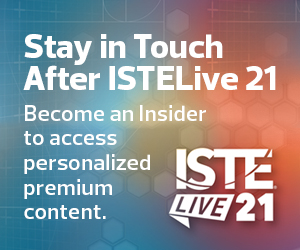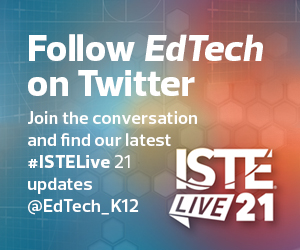However, Pass, who wrote a book titled The Hybrid Teacher to help fellow educators struggling with remote and hybrid teaching during the pandemic, says excluding hybrid learning is a mistake.
She said she has seen too many benefits of an experienced hybrid model to ignore, and that what most educators faced during the pandemic was not ideal. “Most schools were doing emergency or triaged teaching online,” Pass said, and those practices were not in line with a truly intentional hybrid model.
Under such circumstances, she said, it only makes sense that hybrid learning would be challenging. She said Poudre Global Academy began 12 years ago as an online-only school, and families loved it. But over the past 10 years, those families wanted their children to have more in-person interaction with other students, so the school transitioned to a hybrid model, where students spend half their time learning in person and the other half online.
RELATED: Learn what some K–12 districts have done to provide effective hybrid learning.
Hybrid Learning Catches Students Who Fall Through the Cracks
Pass said this model fosters independence and works best for students who have executive functioning skills for self-paced work. Pass uses tools such as screencasting to prerecord instruction, enabling students to work through the materials independently, one-on-one or in small groups. She also uses Google Classroom to store lesson plans.
When students log in for remote synchronous instruction, Pass makes sure they are engaged. She puts them into breakout rooms and has them explore their homes or even the world using Google Earth when lessons call for it.
Pass admitted this model doesn’t work well for all learners, but it meets the needs of her diverse students, some of whom live in rural areas and have long commutes, are teen mothers, have medical issues or struggle with severe social anxiety.
“I feel like we’re catching some of those students who fall through the cracks of traditional brick-and-mortar education,” she said. “And we are preparing students for the future workforce, where more and more jobs will be remote or hybrid.”













